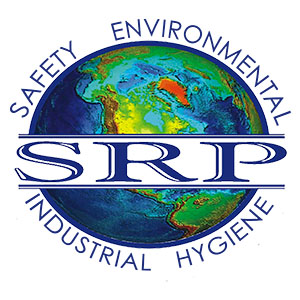Health Hazard Evaluation for Chemotherapy Lung Disease Among Surface Coal Miners – 9/28/2012 –
NIOSH Publishes Health Hazard Evaluation on Chemotherapy Drug Exposure
NIOSH released a new health hazard evaluation (HHE) report on Monday titled “Chemotherapy Drug Exposures at an Oncology Clinic – Florida.” The agency received a confidential evaluation request from an employee who was concerned about potential exposures to chemotherapy drugs and the health effects caused by those exposures, such as upper respiratory symptoms, rash, diarrhea, migraine and headache. During the evaluation, NIOSH personnel took surface wipe samples and hand wipe samples for platinum-containing chemotherapy drugs, cyclophosphamide, ifosfamide and doxorubicin; interviewed employees about health and safety concerns; and reviewed workplace injuries and illnesses from 2006 to 2008.
NIOSH investigators found platinum-containing chemotherapy drugs in most of the surface wipe samples; cyclophosphamide and ifosfamide were found in some surface wipe samples. NIOSH found no platinum-containing chemotherapy drugs in the hand wipe samples. Employees told NIOSH investigators that training was insufficient on the occupational hazards of chemotherapy drugs and that they used personal protective equipment (PPE) inconsistently. The 36-page report details the agency’s recommendations, including administrative, engineering and PPE controls. In addition, NIOSH recommended that the clinic review cleaning practices and PPE use to reduce exposures to chemotherapy drugs in the workplace.
Pneumoconiosis and Advanced Occupational Lung Disease Among Surface coal Miners
The Centers for Disease Control and Prevention’s (CDC) Morbidity and Mortality Weekly Report (MMWR) recently published results of a 2010–2011 study through NIOSH’s Coal Workers’ Health Surveillance Program. CDC researchers took chest radiographs of 2,328 surface coal miners to study the prevalence, severity and geographic distribution of coal workers’ pneumoconiosis (CWP) and its most severe form, progressive massive fibrosis (PMF). This study is the first assessment of CWP and PMF in surface coal miners since 2002.
The study found that 46 (2 percent) of 2,257 miners with less than a year of surface mining experience had CWP—including 37 miners who had never worked underground. Twelve miners (0.5 percent) had PMF—including nine who had never worked underground. In addition, a high proportion of the radiographs suggested silicosis in the surface miners.
According to MMWR, “Surface coal miners and the clinicians caring for them should be aware of the risk for CWP and PMF, medical conditions traditionally associated with underground coal mining. Surface coal mine operators should inform workers of their risk for advanced pneumoconiosis and closely monitor exposures, ensuring that respirable dust and silica exposures are continuously below recommended levels to reduce the risk for pneumoconiosis.”

 ">
">
 ">
">